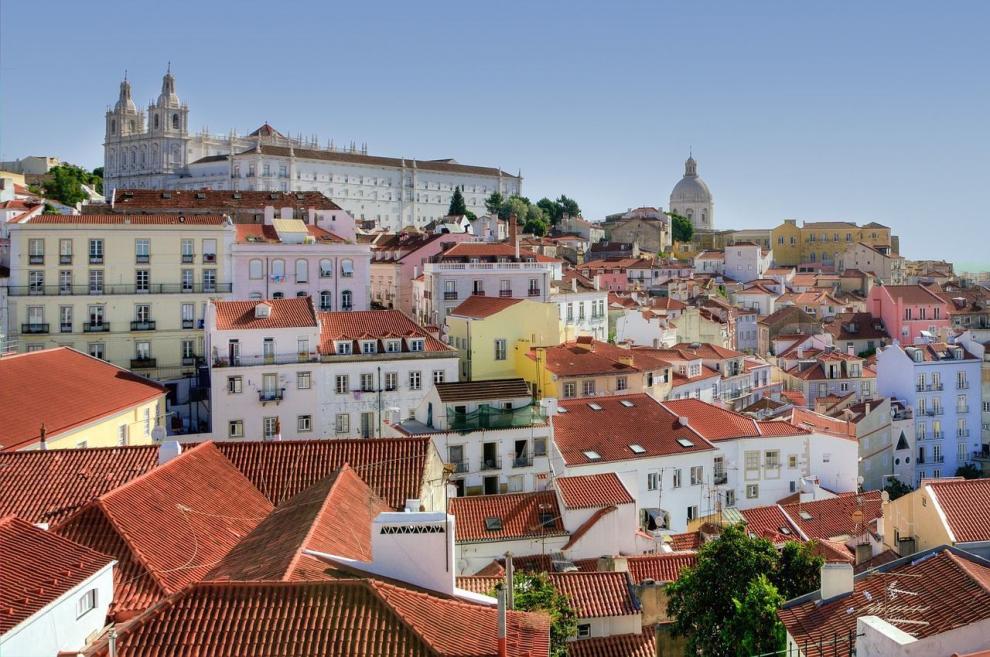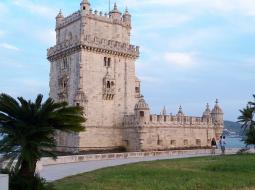Thessaloniki gets ready for its metro launch in November
The underground rapid transit lines have been under construction for almost two decades due to various project delays
 TheMayor.EU logo
TheMayor.EU logo 
Some of the first settlers on the territory of present-day Lisbon were the Celtic tribes. Archeological evidence from the Celtic period can still be seen. There are also findings from the Iron Age. Thanks to its location on the coast and on the edge of the continent, Lisbon quickly became a major trade center. Portugal is also known for its seafarers and a well-developed fleet, with vessels for both battle and exploration. The 15th century is the century in which the largest number of ocean expedition ships leave the coast of Portugal. During the 16th century, commerce flourished as commodities started being imported and exported from and to India, Africa, and later even Brazil. Soon, however, Portugal lost its independence as Spain took control of the country. In only 60 years, though, Portugal regained its independence.
Lisbon is the capital and largest city in Portugal. The population of the whole municipality region is more than 3 million people. This makes it one of the most populous city areas in the European Union. The area of the urban zone is just above 100sq.km, excluding the region called Great Lisbon, which is subdivided into 10 areas. Lisbon municipality is divided into 24 districts. Before 2012 they were 53.
The capital is one of the most important economic centers in Europe with its fast and constantly developing finance sector. One of the largest cargo ports in the world is situated in Lisbon. The region is the richest in the country, and at the center of the economy is the service sector. Lisbon is classified as an Alpha-global city because of its extraordinary role in the development of the world economy. There are many factories in the suburban area for different industries, even for assembling automobiles.

Lisbon is one of the oldest cities in the world and the oldest one in Europe. This is one of the reasons why it attracts so many tourists every year. Lisbon is visited by nearly 1 800 000 tourists annually. A curious fact is that in 1755 a huge earthquake destroyed most of the city's architectural heritage, created in Manuelin style. However, it still offers an amazing variety of architectural and historically significant sites in Romanesque, Gothic, Baroque, Modern and Postmodern style. There are also several very famous museums, the most famous of them being the Museum of Ancient Art.
Address: Paços do Concelho, Praça do Município, 1149-014 Lisboa